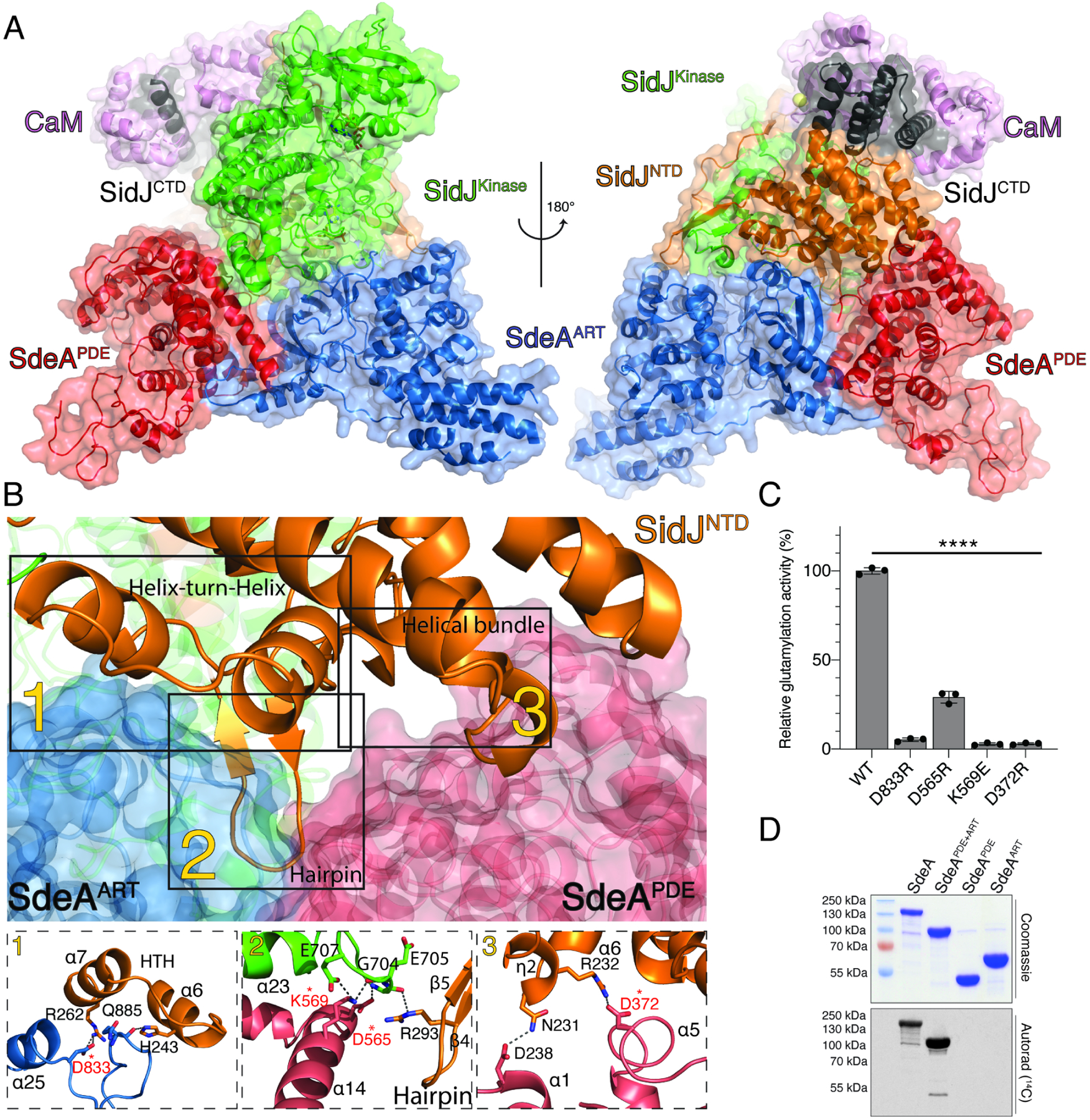Figure 2. SidJ:CaM:SdeA/CCore complex formation is mediated by extensive interface interactions.

(A) Overview of SidJ:CaM:SdeACore reaction intermediate complex. The SidJ NTD, kinase-like domain and CTD are in orange, green, and black, respectively. The SdeA PDE domain is in red and the ART domain is in blue. CaM is in purple. SidJ lies within a V-shaped cleft between SdeA PDE and ART domains.
(B) Back view of the SidJ:CaM:SdeACore interface. The SidJ NTD forms three distinct regions of interaction with SdeA (labelled 1–3). 1. A loop within the SdeA ART domain interacts with the helix-turn-helix (HTH) motif within the SidJ NTD. 2. A β-hairpin from the SidJ NTD is nestled between the PDE and ART domains of SdeA, forming electrostatic and hydrophobic interactions. A helix from the SidJ kinase-like domain also interacts with the SidJ β-hairpin and the PDE domain of SdeA. 3. A helical bundle from the SidJ NTD interacts with the PDE domain of SdeA. Zoomed in view depicting the residues involved in the interaction interfaces are shown in subpanels (lower) and colored as in A. Residues targeted for mutagenesis are marked with asterisks. Putative hydrogen bonds and salt bridges are depicted as dotted lines.
(C) Glutamylation activity of SidJ using SdeACore and mutations that disrupt interface interactions. Residues mutated are also marked with an asterisk in (B). [3H]Glu was used as a substrate and the reaction products were resolved by SDS PAGE and visualized by Coomassie staining. Radioactive gel bands were excised and 3H incorporation into SdeACore was quantified by scintillation counting, n=3.
(D) Incorporation of [14C]-Glu into full length SdeA, SdeAPDE+ART, SdeAPDE or SdeAART by SidJ. Reaction products were separated by SDS PAGE and visualized by Coomassie staining (upper) and autoradiography (lower).
Data in graphs shown is mean ± SD, ****P <0.0001.
